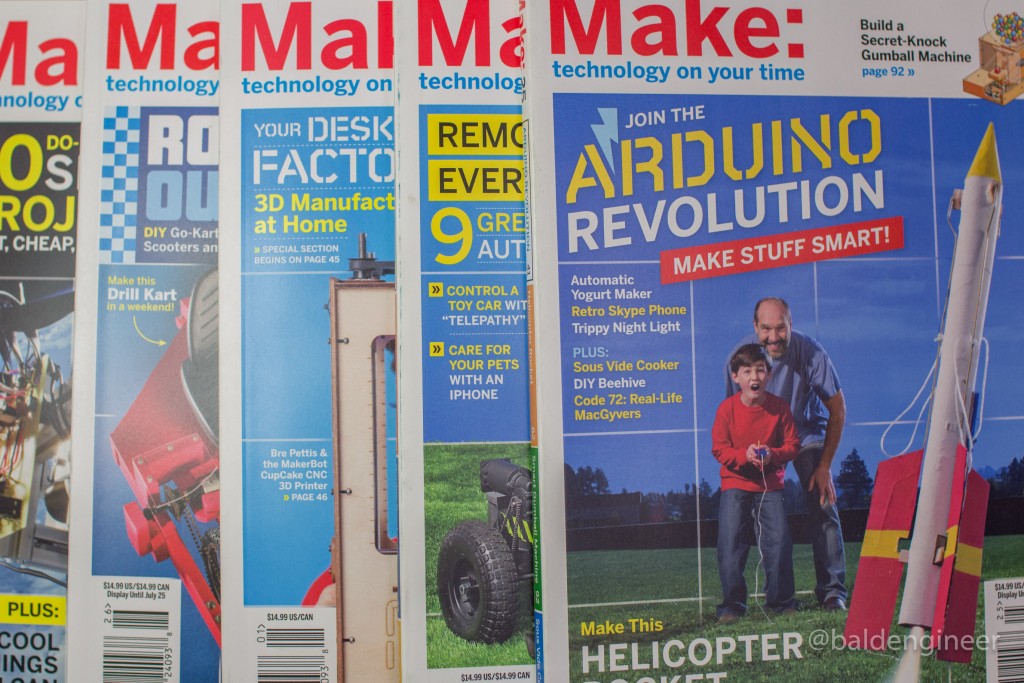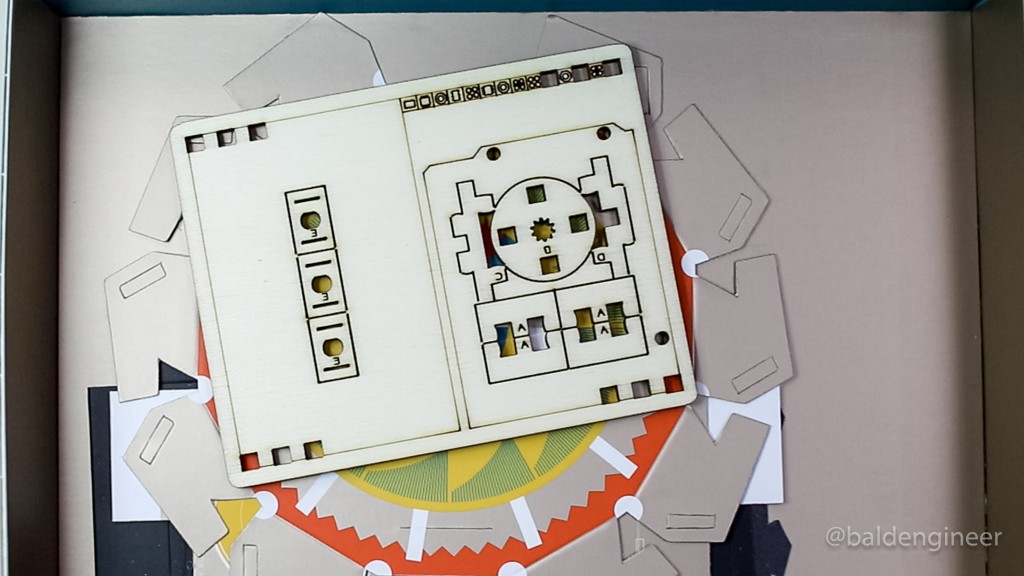The other day my friend called me up. He told me how much he missed building circuits and wanted to start again with the Arduino.
So he asked me “which Arduino starter kit is the best to buy?” At which point, I drew a long breath. Easy question, not always an easy answer.
Picking out an electronics kit depends on a number of factors. You should consider:
- Your budget
- What you already have
- What you want to do
#1 and #2 are probably pretty easy to figure out. For many beginners, it’s “not much” and “nothing.” When you don’t know #3, what you want to do, then it gets trickier. Coming back to my friend, what did I do? Well, I went out and bought each one of the kits in this post. I put myself in his shoes and maybe these are your shoes as well.
Assuming you have about $100 to spend, have no components on-hand now and just want to “get started” consider one of these 4 Arduino starter kits.
ARDX from Oomlout
The ARDX kit consists of all the hardware necessary to do 11 experiments. LEDs, motors, Servos, Shift Registers, Temp Sensors and even Photo Resistors.
The thing makes ARDX different is this:
Along with the hardware pieces, there are cut-out sheets for the breadboard. It’s like a 3D Fritzing diagram. Lay the sheet on your bread board, insert components and brag to your friends about what you just built! (Last part optional, but highly encouraged.)
The ARDX project is open sourced. Check out the project homepage at www.ardx.org. The kit I purchased and linked to is the kit assembled by Adafruit.
- Pros: Nice clear layout sheets and instructions, with videos. The step-by-step experiments will make running quick (and fun).
- Cons: The Adafruit kit looks like random parts packed together. Not bad, but kind of piecemeal feeling.
Maker Shed Arduino Kit
If you don’t already have a subscription to Make magazine, you should. In addition to their fantastic publication (which I have every issue back to #1) they offer a lot of cool gear in their Maker Shed. Including, an Arduino Starter Kit.
The basics are there: resistors, LEDs, pushbuttons, photoresistors and even a special edition Arduino Uno.
Unlike the ARDX kit, there’s not really much included in the box on what to do. An included card does offer 4 free chapters of the “Getting Started with Arduino” book after you sign up for Make newsletter. However, I can’t find anything on the links provided in the printed card or on the projects site to confirm that.
One thing I’m not a fan of is the included 9V battery adapter. You can read about why I think 9V batteries suck. Turns out, every kit on this included one of those dreaded 9V battery adapters. Sigh.
- Pros: Unique Uno Board. Nice “Kit Contents” checklist card. Everything neatly packed in anti-static bag.
- Cons: Lack of experiments-documentation.
littleBits Arduino Coding Kit
By far the most unusual kit on this list, is the Arduino Coding Kit from littleBits. Instead of traditional breadboards and wires, you have little modules that plug together.
Here’s a picture of the “Arduino.” Looks a little bit (no pun intended)… different from a Uno, doesn’t it?
Here’s a couple of modules connected together.
littleBits offers a number of kits, I chose the Arduino Coding because it was the least expensive. Also, it is one of the few that is focused more on programming and less on hardware.
Teenagers are an obvious target for a simple snap together kit like this one. But really, anyone who wants a no-fuss way to get started with Arduino, electronics and embedded computing should consider this kit.
Worried about future expansion? Yeah, that is one concern. However, they do offer “proto modules” to connect to conventional hardware.
In the future I’m coming back to look at littleBits in more depth. While more expensive than most options, these things are just darn cool.
- Pros: Hands-on best “getting started” option. Super-simple magnetic snap together modules.
- Cons: The modules don’t have very strong magnets. Modules are relatively pricey compared to “breadboard” versions.
The Arduino Starter Kit, from Arduino.cc
As the most expensive kit on the list, it left me wondering: is it worth it?
Let me just say in terms of quality the Arduino Starter Kit is absolutely awesome. Cleanly laid out boxes let you know exactly what you’re about to get into.
Even the electronics components is in a nice case. That said, there are some extra pieces and special projects that the other kits don’t include. Such as, what are these pieces for?
Well, also included is a 170-page projects book. Like everything else, cleanly laid out and clearly written.
There’s an explanation of everything included, a primer on schematic symbols and directions on how to make your new Arduino holder (oh, the piece of wood is for…)
If your budget can spare the extra money, this kit is highly recommended. It has everything you need plus some extras.
For example, his is the only kit on my list that includes a character LCD. Which shortly after you learn to use Serial.print(), you’re going to want a character LCD.
- Pros: Awesome project book. Clean organization. Plenty of parts to get going. Good value.
- Cons: Maybe too many small pieces, could easily lose a few.
Conclusion
So coming back to my friend, which kit did I recommend to him? Well, I think for someone with a few engineering classes and knows a bit about C-programming the ARDX is the best fit.
If you have a bit of electronics background and a few pieces, grab the one from Maker Shed. It’ll shore up your parts kit to get you going.
No experience and no parts, you just want to learn to tinker around with electronics? littleBits has you covered.
Finally, if you’re a all-in or nothing kind of person, go for The Arduino Starter Kit.














2 Comments
James,
My Dad runs a webstore and wiki that are aimed at beginners and students. We try to have good info on everything we sell in the store posted on the Wiki. Check us out at the Store http://www.yourduino.com, and the Wiki http://www.arduinoinfo.info
-Barry
Great post James! As someone that designs electronic products for startups I always recommend entrepreneurs take their product as far as possible on their own. For many products, starting with an Arduino is the best option.
Your review of the various kits available is a great starting point for anyone entering the world of Arduino.
Thanks for sharing. I’ll be sure to share this with my followers.